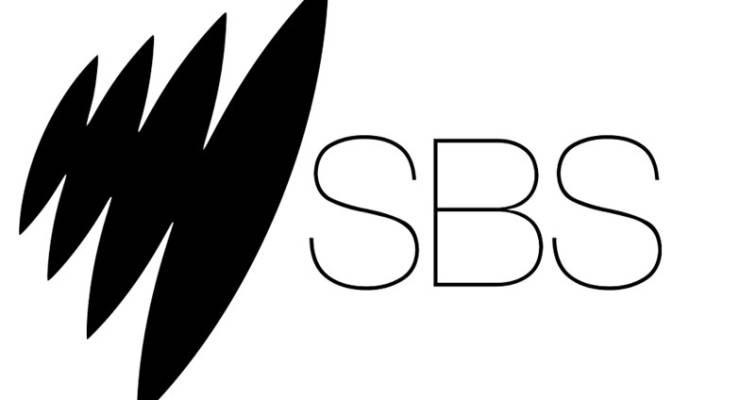
The failure of the SBS ad-averaging bill to pass the Senate is getting expensive, with the government committing another $8.8 million to the multicultural broadcaster to make up for money it had hoped to raise by being able to broadcast more ads in prime time.
The bill was put up during the last Parliament, and then-communictions minister Malcolm Turnbull said allowing SBS to average out the number of ads it ran over the course of a day — that is, allow it to sell more during prime time and fewer during times of low viewership — would have enabled the broadcaster to raise $25 million over the next five years. It was expected the measure would help SBS make up some of the revenue that had been cut in the 2014-15 budget.
The bill was widely expected to pass. But Labor, the Greens and a few crossbenchers blocked the bill after concerted lobbying from groups like Save Our SBS, and the government has had to give SBS much-needed cash injections since. Last year SBS got $4.1 million in the Mid-Year Economic and Fiscal Outlook and another $6.9 million in the 2016-17 budget. Both were billed as once-offs, and this year’s budget papers tell SBS not to get too comfortable with the cash, saying it is “to restore revenue that could not be raised due to the delayed passage of legislation, which would allow SBS further flexibiliy in the way it advertises”.
There were no big surprises for the ABC in this year’s budget, though the allocation given to the national broadcaster has dropped from $962 million in 2014-15 to $920 million in 2015-16 to $898 million in 2016-17, when the Rudd-era $20-million-a-year “enhanced newsgathering” additional funding was slashed by a third. This year’s budget allocates $885 million for the ABC in 2017-18 and estimates $867 million in 2018-19 and $880 million in 2019-20.
Most of the cuts can be sheeted home to the 2014-15 “horror budget”, as this year’s papers note: “Expenses under the broadcasting sub-function are expected to decrease by 3.0 per cent in real terms from 2016-17 to 2017-18, and by 6.0 per cent in real terms from 2017-18 to 2020-21. These reductions primarily reflect previous efficiency mesures from the 2014-15 Budget.”








Bless you Cassidy, that “just resting” line was the only thing that raised a smile tonight.